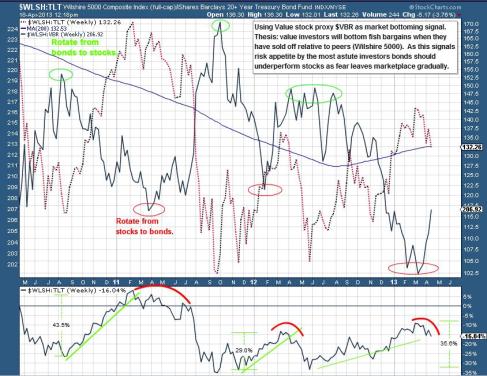Regardless of their style smart investors take great care in knowing how the Worlds’ largest economies are functioning at a given time. Whether you accept the Euro crisis as being wholly unresolved or not, the upcoming volatility will erode economic strength as if leaves were dropping off malignant trees throughout Europe. The blight of debris covering the underlying soil will smother the growing buds with the haste and devastation of a German Autumn-turned-Winter.
However, drawing from recent history I expect the reverberations to be dampened in the near-term (H12012) as bailout cash is bazooked, firehosed and helicoptered onto Greece via the ECB, which should allow the USA to grow modestly in the interim. For more on a troubled Europe see this recent analysis from Robert Sinn, the remainder of this post will focus on potential for growth in the US in spite of headline risk elsewhere.
Jelly Bean Jar Contest: Guess the Sum
2011 IMF estimates for Global GDP (nominal, $USD) show the Eurozone controls ~1/4 of the global economic activity ($17 Trillion annually; 25.65% of Global), with the USA close behind producing over 1/5 ($15 Trillion ann., 21.5% share)
Much like Wall Street forecasters, I expect H1 2012 to be slightly positive for the US economy (1.5-2% growth) and there are numerous reasons for this:
- Election Year + Normal positive seasonality
- Tepid Inflation
- Healthy trends in employment and industrial production (expanding PMIs)
- Rotation into growthy sectors, commodity strength on back of soft-landed China?
Additionally, we are 5-to-6 years deep into the US housing crisis and finally seeing some ‘Green Shoots’: Construction spending is no longer declining and initial unemployment claims continues to leak lower. Most experts are in agreement that there is no longer significant downside risks to residential housing.

This screen shows many in the General Building Materials category are performing respectably in H22011, a trend that should accelerate in H12012 assuming slow, but positive growth manifests itself in the US economy.
We also have indications of growth coming in the form of increased basic materials prices, which traditionally occurs concurrently with positive returns for stocks: http://chart.ly/p4ukkkh

The increase in commodity prices may be attributable to sector rotation as asset managers bail on their high-yielding dividend stocks for more growth-oriented fare. Whatever the explanation risk appetite is being priced into the market.

The risks are clear: any slip up in Europe causing significant distress to the financial system and subsequently confidence render the above data null. However, many smart macroeconomic analysts are constructive, if not outright bullish, on the US economy near term and the bearishness coming out of Europe shouldn’t fully dissuade risk-taking activities across the pond.
Related/Sources:
Robert Sinn: “Sage Weekly Letter” — http://www.robertsinn.com/2012/01/08/sage-weekly-letter-9/
US Total Construction Spending Chart by YCharts
Bloomberg EconBrief — http://chart.ly/users/EconBrief
Wikipedia – IMF Global GDP forecasts http://en.wikipedia.org/wiki/List_of_countries_by_GDP_(nominal)




